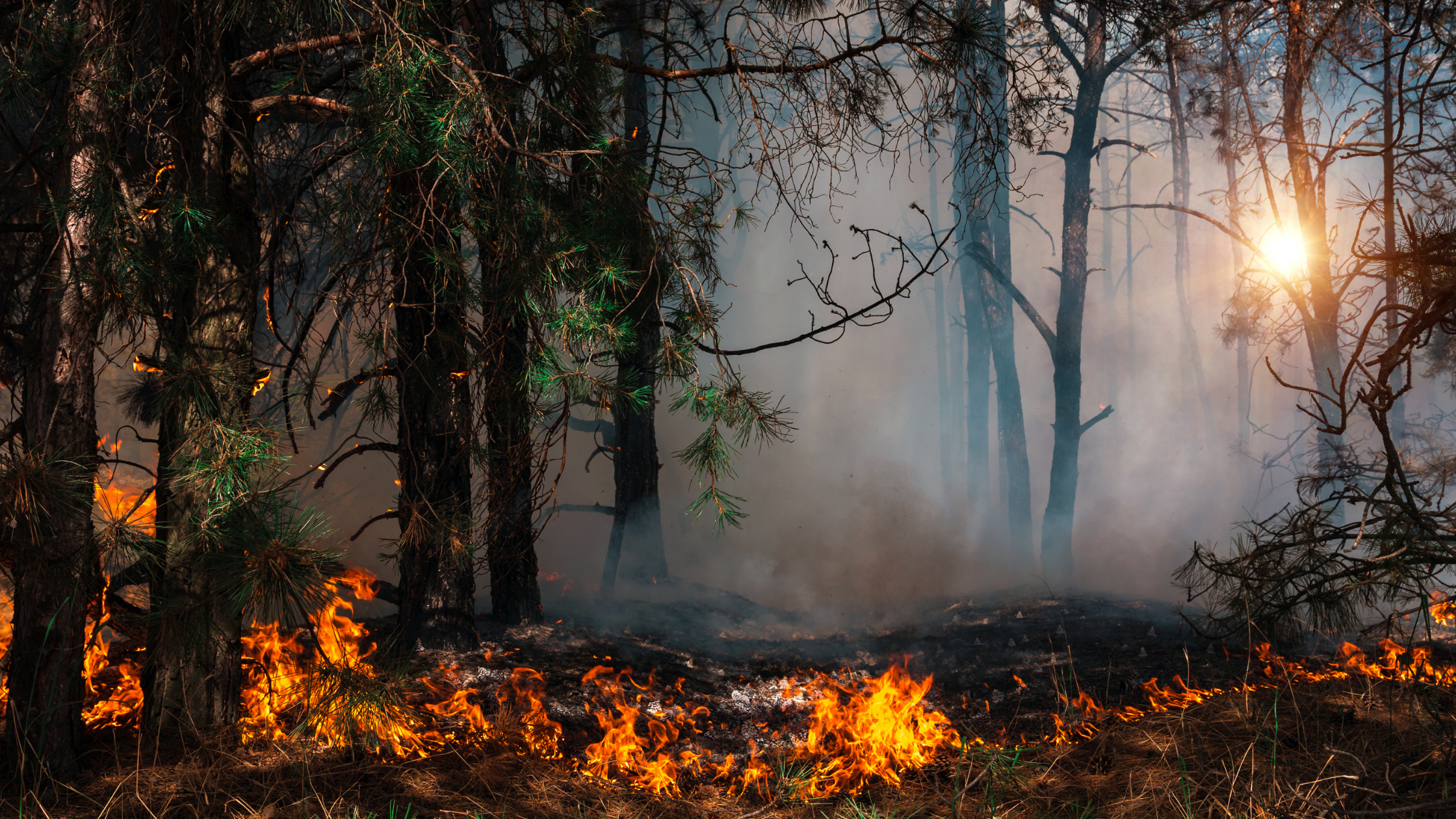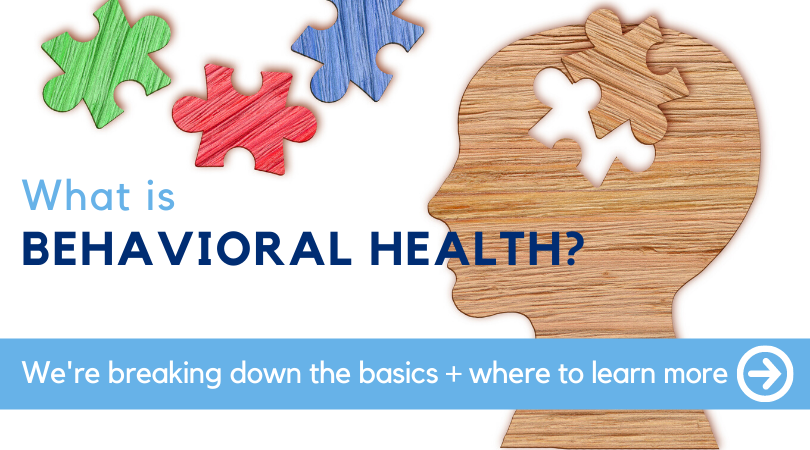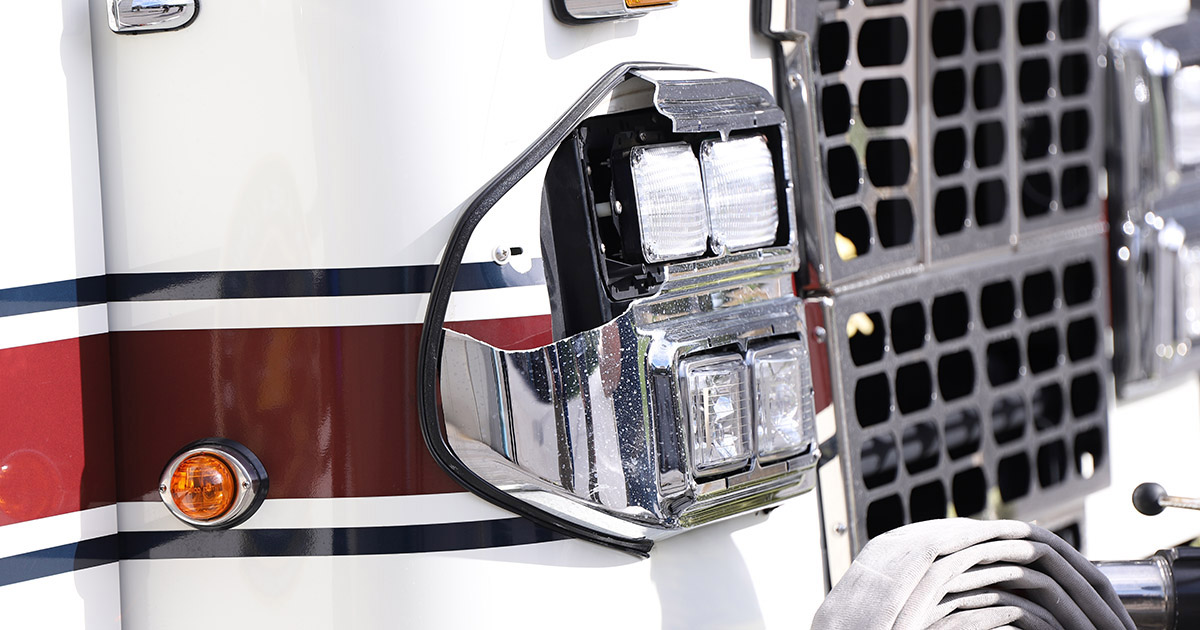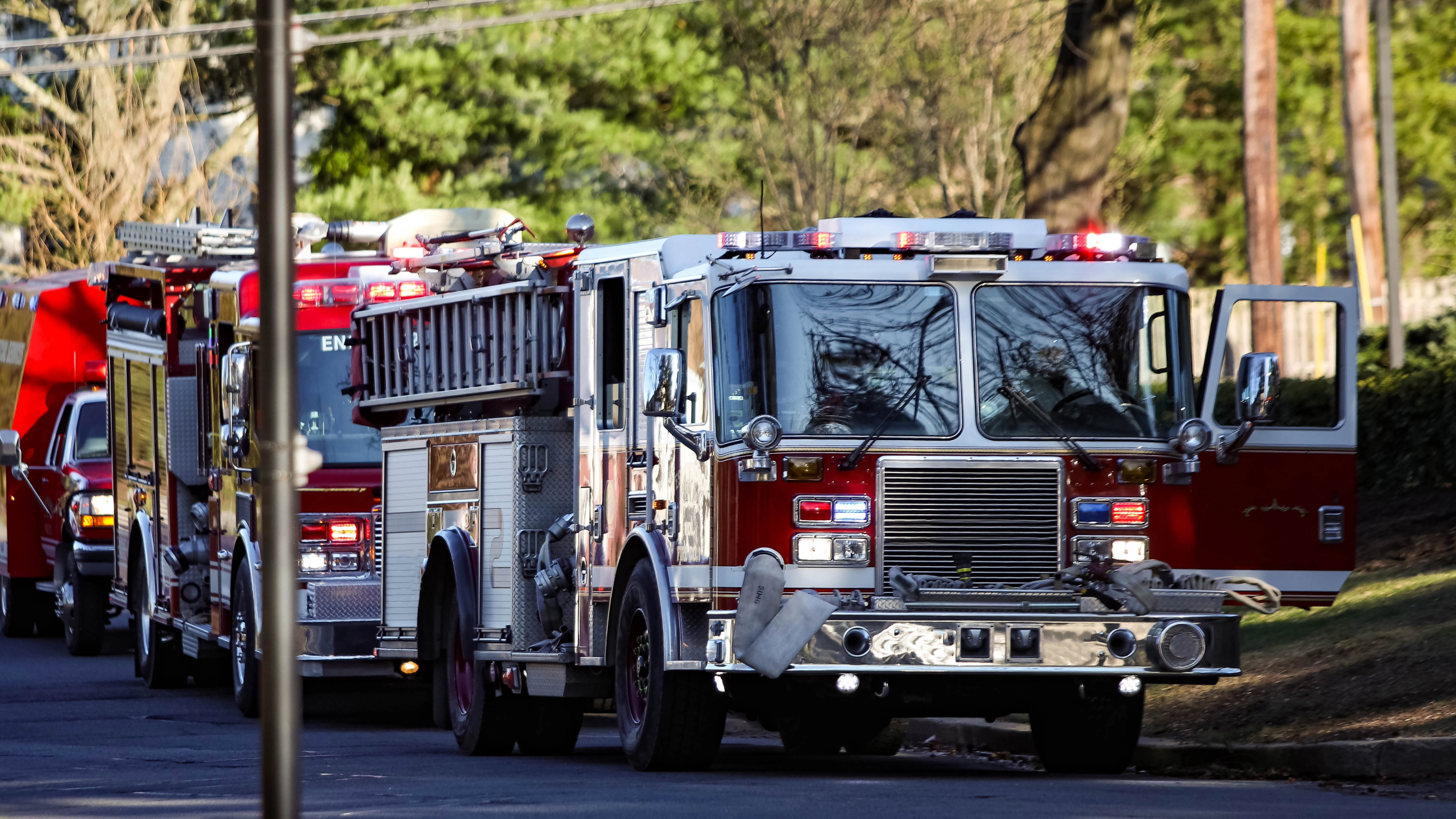Wildland firefighters like Brett Gregr love what they do—but you can love something and still recognize that the risks run deep.
10 billion dollars. 153,000 acres. 18,800 structures. 85 people. That’s what the Insurance Information Institute (III) reports that one wildfire—specifically the California Camp Fire of 2018—destroyed and perished. But that doesn’t even begin to show the full picture of the devastation—and lives forever altered—that wildfires leave behind in their ashes.
According to the Substance Abuse and Mental Health Services Administration (SAMHSA), people who live in areas heavily impacted by wildfires—like Arizona, California, Colorado, Idaho, Montana and Texas—are at risk for emotional distress including having recurring thoughts, memories or nightmares related to wildfire events, ongoing feelings of worry or guilt, excessive smoking, drinking or drug use and other symptoms.
And as for the brave firefighters who stand shoulder-to-shoulder to help defend communities against these deafening walls of fire, trees and brush—there’s little research specific to the mental and behavioral health consequences of their job. However, from what we do know, the impacts are severe.
One study by professionals at The University Montana and Department of Veteran Affairs found that there’s data to suggest that wildland firefighters are at a greater risk of developing mental health conditions (including probable depression, generalized anxiety disorder, PTSD and past year suicidal ideation) than the general public—and that a significant proportion of those conditions are under-detected and under-treated. Further, a recent article in Wildfire Today included data developed by Nelda St. Clair of the Bureau of Land that indicates suicide rates of wildland firefighters are “astronomical”—noting the rates are high even when compared with structural firefighters (which are already a higher risk than the general public).
Q&A with Brett Gregr: An insider’s view of wildland firefighting and it’s mental health impacts
You may know Brett Gregr as one of our VFIS Sales Executives, but did you also know that he uses his time out of the office (including his PTO) to fight wildfires? We asked him six questions to get an insider’s view of the mental health impacts of wildland firefighting and ways to help mitigate the risks.
Q: Can you tell us about your experience wildland firefighting?
A: I’ve been a wildland firefighter for 22 seasons and I’ve served as a Safety Officer since 2014. I’ve worked fires all over the country including in Montana, where I live, and Alaska, Utah, Arizona, Oregon and beyond.
Q: In your experience, what are some of the leading causes of emotional distress for wildland firefighters?
A: The sheer destruction of wildfires is very intense. Firefighters can witness entire towns lost and hundreds of people displaced in a single event. In some cases, you can spend hours driving through miles and miles of land that’s been completely extinguished. For instance, right now I’m thinking about a town in Alaska where I witnessed 150 homes burned—and all of those people who lost so much—and a forest in Oregon where there was once beautiful trees with 6-feet-wide trunks—and now they’re gone. Just seeing that level of loss is tough. And when they’re man-made disasters, that only adds insult to injury.
Another stressful aspect are the long hours. Each role (which is our word for assignment) is 14 days long, plus travel time, and then you’re usually working about 16 hours each day. And the wildfire season itself continues to get longer and longer. This means you’re away from your loved ones for at minimum of two weeks at a time and you’re doing that repeatedly for four to six months a year. That’s a lot of stress on the firefighters and a lot of stress on their families—which turns into more stress for the firefighters.
Right now, firefighters aren’t only away from their families—they’re also away from each other while they’re on assignment because camps are disjointed for social distancing. While that’s been helpful for slowing the spread of illnesses, it doesn’t help mentally. There used to be places and times where firefighters could come together to unwind—but now you’re just eating dinner alone in the back of your truck after a long day. And it’s expected that some of these distancing measures are here to stay since there’s a lot of anecdotal evidence that inhaling the level of smoke that we do, without any breathing apparatus at all, could lead to increased sicknesses in general. So we’re all adjusting to the “new normal”.
Q: What can wildland firefighters do to help support one another on the job?
A: I think it starts by being aware of the real mental health risks responders face and being in tune with each other. For example, I didn’t know until recently that suicide rates are as high as they are among wildland firefighters because the data really wasn’t there. Now more than ever we need to check in, pay attention and talk to each other.
Q: What can wildland firefighters do during the offseason to help them prepare for the next one?
A: Mental and physical health go together—and you need to do everything you can to remain healthy in all aspects.
Take time to focus on how you can better take care of you, check in with your doctor and train without the stressors of real-life threats.
Q: What can departments and districts do to help support the mental health of their wildland firefighters?
A: While there isn’t a simple fix, I think there are two major things that department leaders can do to help promote the mental well-being of their members.
The first is to create a sense of value and purpose. I think that the rise of wildfire events hasn’t only caused fatigue for firefighters, but also for the citizens who are impacted by them year after year. In some communities you visit—the support is wonderful and overwhelming. But in others, there isn’t always a sense that firefighters are appreciated. I think it stems from the fact that we have a priority to not only contain the fires but also keep our firefighters safe—and sometimes outsiders don’t understand that those two things don’t always align with one another. It’s especially hard to maintain a positive mindset in those instances, so it’s leadership’s job to bring a sense of value to the role no matter what’s going on around them.
I like to do this by harnessing one of my favorite aspects of what we do, and something that makes wildland operations unique, which is that people come together from all over—all walks of life—and work together—sometimes for the first time—and get the job done. That’s pretty incredible. I see it as my job to utilize this extraordinary setting, get to know everyone who’s on a job, build relationships among the team and help each firefighter feel valued—because they are.
The next is to make sure people are prepared for the job. Nothing adds additional emotional distress to these situations like witnessing a member of your team get hurt, or worse. So, we need to help limit the risks team members face by making sure firefighters are prepared for the job, well-trained and understand their roles. Right now, it’s especially hard to do this because (like many other fields) we’re understaffed.
That’s why I’d encourage you to view the off-season as an opportunity to work in smaller teams and help your firefighters expand their skillsets while you have the time to really guide them.
Q: What can everyday citizens do to help support wildland firefighters?
A: Simply put, we need to take care of our nation’s firefighters and emergency responders—and I don’t think there’s a general awareness of the true lack of support we face in some instances.
For example, I was on a role once where we couldn’t find any food for our firefighters. We ended up having to get it catered from restaurant that was two hours away and we had cold dinners every night for two weeks straight. Those types of situations aren’t unique and they’re really frustrating.
With that being said, I think the more that people talk about the issues and challenges responders face across all missions, the more people will advocate for change and the more practices and policies will evolve to provide more meaningful support.
Wildfires by the numbers:
- The U.S. Department of Interior reports that almost 9 out of 10 wildfires are caused by humans.
- According to the Insurance Information Institute there were 47,057 wildfires between January and mid-October 2021 alone. That’s almost 1,500 more than during the same period of 2020.
- The U.S. Department of Agriculture estimates that on average wildfire seasons are now 78 days longer than they were in 1970.
- 800.985.5990 is the phone number for the Disaster Distress Helpline which provides around-the-clock crisis counseling and support to people experiencing emotional distress related to disasters.
- There’s also anonymous assistance from the Wildland Firefighter Foundation available at 208.336.2996.
We thank Brett for taking the time to chat with us about his experience and all responders for what you do to serve our country. For more information about how you can support wildland firefighters and how wildland firefighters can support each other, check out the resources available through the Wildland Firefighter Foundation at wffoundation.org.

Bri Cappella, Integrated Marketing Specialist
DISCLAIMER
The information contained in this blog post is intended for educational purposes only and is not intended to replace expert advice in connection with the topics presented. Glatfelter specifically disclaims any liability for any act or omission by any person or entity in connection with the preparation, use or implementation of plans, principles, concepts or information contained in this publication.
Glatfelter does not make any representation or warranty, expressed or implied, with respect to the results obtained by the use, adherence or implementation of the material contained in this publication. The implementation of the plans, principles, concepts or materials contained in this publication is not a guarantee that you will achieve a certain desired result. It is strongly recommended that you consult with a professional advisor, architect or other expert prior to the implementation of plans, principles, concepts or materials contained in this publication.
This blog post may contain the content of third parties and links to third party websites. Third party content and websites are owned and operated by an independent party over which Glatfelter has no control. Glatfelter makes no representation, warranty, or guarantee as to the accuracy, completeness, timeliness or reliability of any third party content. References to third party services, processes, products, or other information does not constitute or imply any endorsement, sponsorship or recommendation by Glatfelter, unless expressly stated otherwise.
Related posts
We asked 10 members of our VFIS Team to name one auto-related risk that they believe is underdiscussed in fire and EMS agencies. Here’s what they said.
Most volunteer fire departments rely heavily on POVs, but there are inherent risks you should know.
Establish a Emergency Vehicle Operations Program that includes driver/operator requirements to help ensure your vehicles are in the right hands.








Submit a Comment